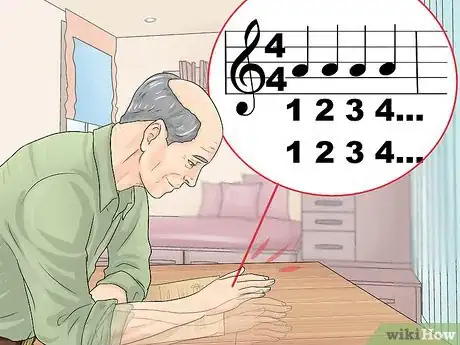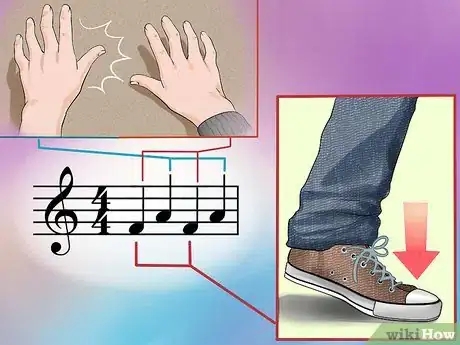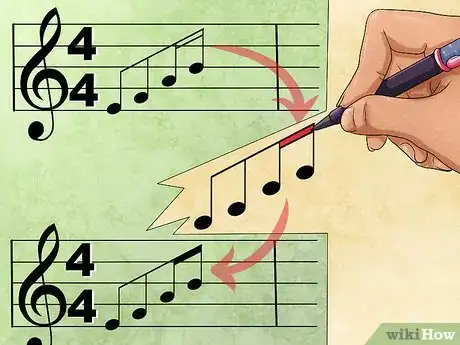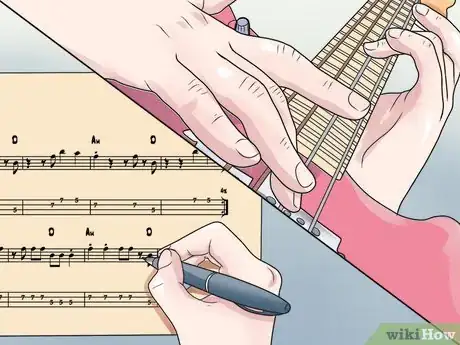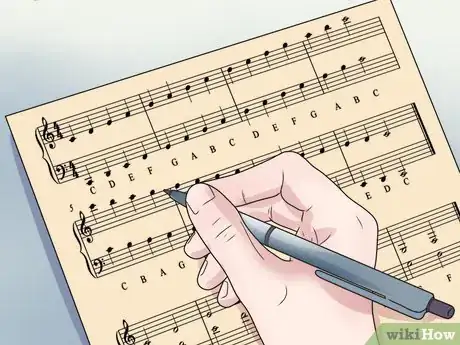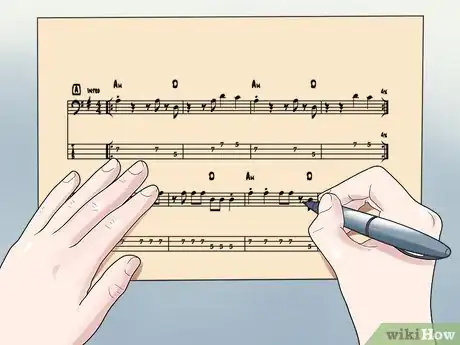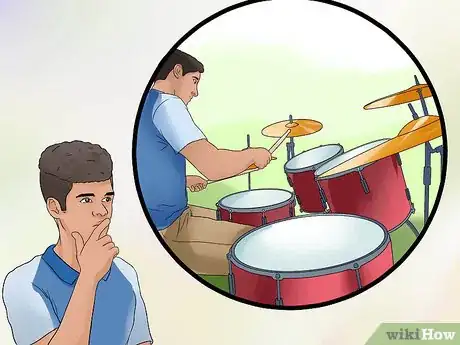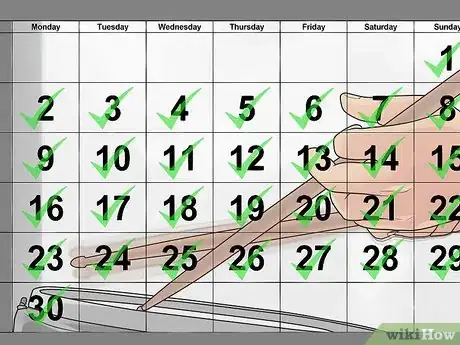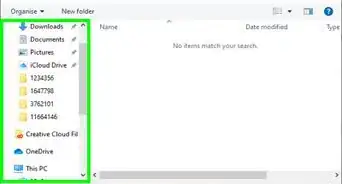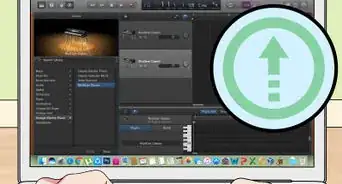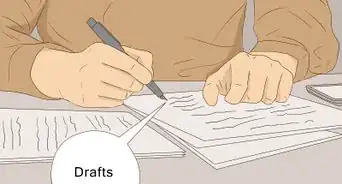X
wikiHow is a “wiki,” similar to Wikipedia, which means that many of our articles are co-written by multiple authors. To create this article, 12 people, some anonymous, worked to edit and improve it over time.
This article has been viewed 40,647 times.
Learn more...
Having a successful drum line can be difficult, especially when you lack a professional to write music for you. But in the end, you are just as talented as they are. Music is your common bond. You can hear the same notes and rhythms, so why not write down how your ideas? You may be surprised how your cadences compare.
Steps
-
1Have a basic knowledge of notes, time signature, key signature, rhythm, and pitch. These are the building blocks of your writing.
-
2Keep it simple. One set of four quarter notes played correctly can be much more effective than three or four measures of complex material.Advertisement
-
3Put down the sticks gently. Often you'll find yourself in a haze of your own playing. Avoid these mistakes:
- Forget. A long series of notes can be tricky to remember, especially when different rudiments are involved.
- Overplay. Remember that a drum line is only as good as its weakest drummer, and if he/she cannot keep up, the entire drum cadence is weakened.
- Solo. This is flashy, fun, eye grabbing, and may reflect great skill, but often in solos, the tempo is lost and will sound horrible with the rest of the line. Save excessive showboating for I & E's.
-
4Tap out some quarter notes and say, (don't tap), a rhythm that pops into mind. Do eight or nine counts then stop. Repeat those counts three or four times. Then, if you like it, write it.
-
5Repeat last step until a fluent piece is written. This is most likely your snare part.
-
6Go through the cadence one measure at a time and think of a cool bassline. Sometimes ripples are nice, or even dynamic quarters. Steady quarters are another option. Sometimes only the offbeat will give a funky sound to the line. It all depends.
-
7Go through both parts of the whole cadence and look for opportunities to work in rudiments, e.g. paradiddles, flams, etc. These sometimes help dynamics on either hand or at different points. They are also more professional.
-
8Go through once more and finalize those two parts. Yes, it may be boring sounding now, but your quads/quints/sextet are going to spice up even the simplest of cadences.
-
9Begin the quints/quads/sextet part. A general rule to follow is to make sure every accent on the snare and bass drums is hit by the quads on a different drum. For example, if the snare drum accents every other beat, make sure every other beat gets a different drum.
-
10Incorporate more than one drum. Use all manner of rudiments, accents, and even make chords with different drums. Even clapping and hands playing are effective.
-
11Ask a friend or a colleague who is experienced in writing cymbal literature to write a cymbal part to the cadence. Cymbals are much more than crashes and hi-hats. Sometimes even the most basic cymbal parts can add a completely different sound to your cadence. Ask a friend who plays cymbals about all the different sounds and techniques you can create with a pair of cymbals. You might be surprised.
-
12Balance and regulate. Do not let one section overpower the rest of the line.
-
13Know where the most powerful parts are in the music. Emphasize them for every section.
-
14Most importantly, practice. Nobody's first song was awesome. All people who write music had to start somewhere. Mistakes and experimentation are how you learn; they're how music develops.
Advertisement
Community Q&A
-
QuestionHow can I print marching cadences?
 Community AnswerBuy a software like Sibelius or a free one like MuseScore and write it out on there, and then print it.
Community AnswerBuy a software like Sibelius or a free one like MuseScore and write it out on there, and then print it.
Advertisement
Warnings
- Never force a cadence. If it's too hard, it's too hard. Scale it down.⧼thumbs_response⧽
- Lead, don't force.⧼thumbs_response⧽
- Practice hard, but don't overplay it. Spend some time warming up, and playing other things rather than spending a whole practice on one piece.⧼thumbs_response⧽
- Drumming can be frustrating; keep your head on your shoulders.⧼thumbs_response⧽
Advertisement
About This Article
Advertisement


